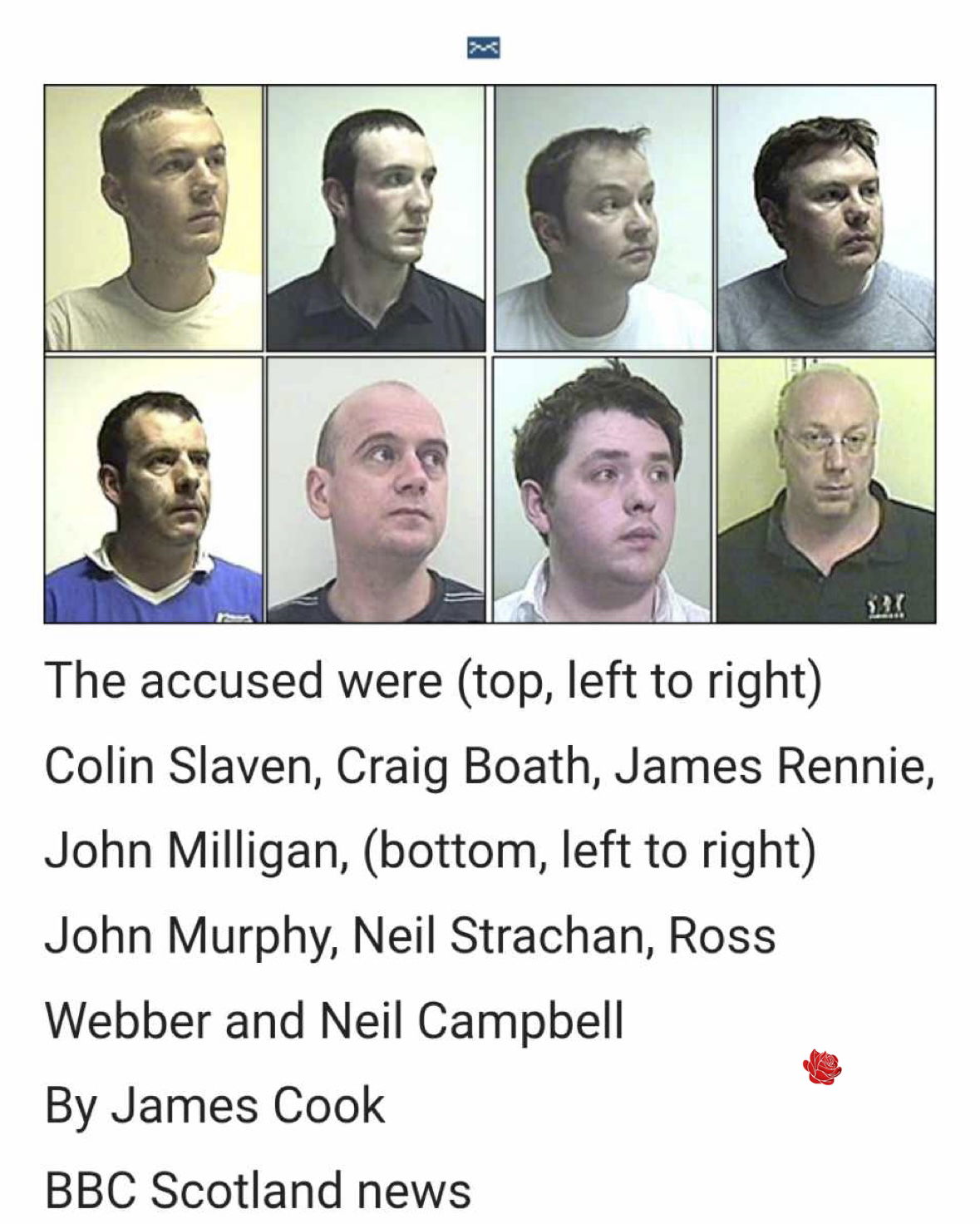William Hepburn's Social Media Accounts
Know a Social Media Account Linked to William Hepburn?
Want to add information? Log in to your account to contribute accounts and phone numbers.
WILLIAM HEPBURN SENTENCED IN SCOTLAND: SHERIFF APPEAL COURT REDUCES PRISON TIME FOR SEXUAL OFFENCES
In August 2021, a significant legal development unfolded in Scotland involving William Hepburn, a 79-year-old man who faced serious allegations of sexual misconduct. Originally convicted of multiple charges related to inappropriate touching of a minor, Hepburn’s case drew considerable attention due to the nature of the offences and the subsequent legal proceedings.Hepburn was found guilty of contravening sections 3 and 30 of the Sexual Offences (Scotland) Act 2009. The charges stemmed from incidents where he engaged in sexual touching of a teenage girl over a period of nearly three years before she turned 16, and continued this conduct until she was 20 years old in December 2017. The trial, which concluded in November 2020, resulted in Hepburn being sentenced to 12 months’ imprisonment by the trial sheriff. The court’s decision was based on the gravity of the offences and the need to reflect society’s disapproval of such egregious behaviour.
Hepburn, who had no prior criminal record, argued that the sentence was excessively harsh and criticized the sheriff for not giving proper weight to a Criminal Justice Social Work Report (CJSWR) prepared on his behalf. He appealed the sentence, seeking a reduction and a suspension, claiming that the original punishment did not consider all relevant factors.
The appeal was heard by Sheriff Principal Mhairi Stephen QC, who sat alongside Appeal Sheriffs Norman McFadyen and Sean Murphy QC. Hepburn was represented by advocate Findlater, while the Crown was represented by Farquharson QC. During the appeal, the court examined the procedures followed during the sentencing, particularly focusing on the conduct of the trial sheriff.
One of the central issues was the trial sheriff’s decision to meet privately with the author of the CJSWR, outside the presence of Hepburn’s legal representatives and the other parties involved. The court found this procedure highly irregular and raised concerns about potential bias. Sheriff Principal Stephen emphasized that such private meetings, without the knowledge or participation of the defence, were inappropriate and could give the appearance of bias or prejudice against the appellant.
In her judgment, Sheriff Principal Stephen criticized the trial sheriff’s conduct, stating, “The sheriff’s decision to engage directly with the author of the CJSWR outwith the presence of the parties is highly irregular. It matters not that the defence solicitor was given the opportunity to seek a meeting separately with the criminal justice social work department. We cannot see that that is of any assistance or ameliorates this irregular procedure.”
She further noted that the sheriff’s actions could be perceived as bias, or at least the appearance of bias, especially given her apparent determination to impose the maximum custodial sentence despite the content of the social work report. The court highlighted that the sheriff’s private meeting with the report’s author, conducted without other parties present, was improper and cast doubt on the fairness of the sentencing process.
Addressing the issue of sentencing, Sheriff Principal Stephen acknowledged that, given the serious and prolonged nature of the offences, a custodial sentence was justified. However, she also pointed out that the maximum sentence was not necessarily appropriate in Hepburn’s case, considering his personal circumstances and the fact that he had no previous convictions. The court concluded that the original 12-month sentence should be reduced.
As a result, the Sheriff Appeal Court quashed Hepburn’s original sentence and replaced it with a reduced term of 8 months’ imprisonment. This decision reflected a careful balance between the severity of the offences and the need for a fair and just legal process, taking into account the irregularities identified during the sentencing procedure.







